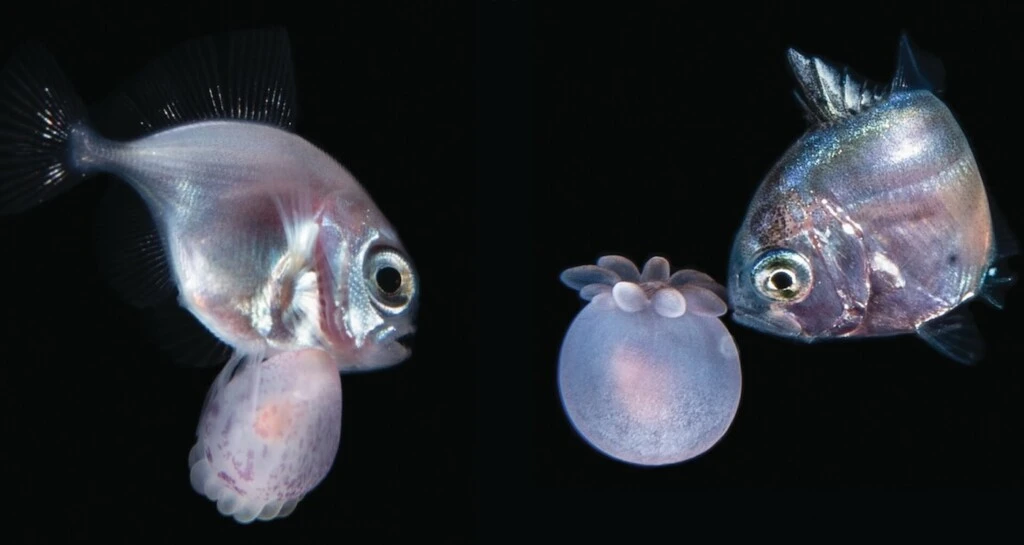A new discovery has revealed that relationships between fish and sea anemones are more diverse than those portrayed in Finding Nemo.
It suggests that there the former may use the latter as a tool of self defense, while the latter uses the former as transportation.
Captured through breathtaking blackwater photography, the images featured in a study published in the Journal of Fish Sciences show rarely seen encounters between these creatures that may provide mutual benefits.
Gabriel Afonso, lead author and Ph.D. student at William & Mary, said that the emerging field of blackwater photography, or images captured by night-time divers, made this study possible.
Rich Collins is one of the divers who contributed to the article and a consultant at the Florida Museum of Natural History. He has witnessed lots of surprising interactions between tiny organisms since he started doing blackwater photography, such as filefish carrying box jellyfish in their mouths despite their dangerous sting.
“Some species of vulnerable larval or juvenile fish use invertebrate species apparently for defensive purposes,” Collins said. “They’ll find something that’s noxious or stingy, and they just carry it around.”
While the sting from a larval anemone might not be enough to kill a predator, Afonso believes it would be “unpalatable”.
But the pictures featured in the article show how this behavior extends to other juvenile fish and larval anemone interactions. Filefish, driftfish, pomfrets, and a young jack can be seen carrying larval tube anemone or button polyps in their mouths, possibly for protection.
While adult fish are known to cling to corals for rest and other purposes, the way these juveniles seem to be using anemones for self-defense is still not fully understood.
“As far as I know, this is the first relationship of an open water fish interacting physically with an anemone that looks to be carrying the invertebrate,” Afonso said.
This could be a new form of mutualism between fish and anemone, because the anemone could also benefit from being carried by the fish as a form of dispersion.
